Does the rate of charge of the photosensor after the photon to electron conversion depends of the previous overall charge?
Yes absolutely. If it didn't, your sensor would have infinite dynamic range. At some point all photosensors saturate.
Probably you are asking about image sensors and not any photosensor. Usually the gain will be set such that the highest value (eg 255) is below saturation (so that the device is highly linear), but not always. If you want to test for linearity, you can use the photon transfer method, which check that shot noise scales proportional to exposure time. If the device becomes nonlinear, shot noise will stop being proportional to the exposure time.
Edit:
Photon Transfer Method
The EMVA 1288 standard provides formalized test procedures for evaluating the SNR and linearity of imaging devices such as CCDs and CMOS image sensors. They have an excellent description of the entire process and the theory behind it:
https://en.wikipedia.org/wiki/EMVA1288
https://www.emva.org/wp-content/uploads/EMVA1288-3.0.pdf
However, the core idea is quite simple. For photons hitting a sensor, the signal variance is equal to the signal mean due to shot noise. Thus, if you record a few images of a white surface at different exposure times or illumination powers and then plot the pixel variance vs the pixel mean values (e.g. 0-255 units):

You get a linear relationship where the slope is the gain of the sensor (in digital numbers per photon). At a certain point, the sensor will saturate, which will be seen a deviation and then a decrease in variance with increasing pixel value. Thus you can measure both how many photons are needed to increase the pixel intensity by one unit as well as the maximum number of photons the sensor can receive in a frame before its response deviates from linear.
In addition, if you repeat the same measurement with the camera lens cap on (so that the frame is completely black and the mean/variance come from non-photoelectrons), the slope will be the sensor dark current, while the y-intercept (variance at 0 integration time) will the read noise. If using the gain from the previous measurement, you can calculate the sensor dark and read noise in units of photoelectrons and the absolute sensitivity of the sensor in units of photons.
Note that both of these measurements must be performed on raw, uncompressed pixel data. JPEG, noise reduction, debayering, etc will prevent you from measuring the real shot noise statistics.
